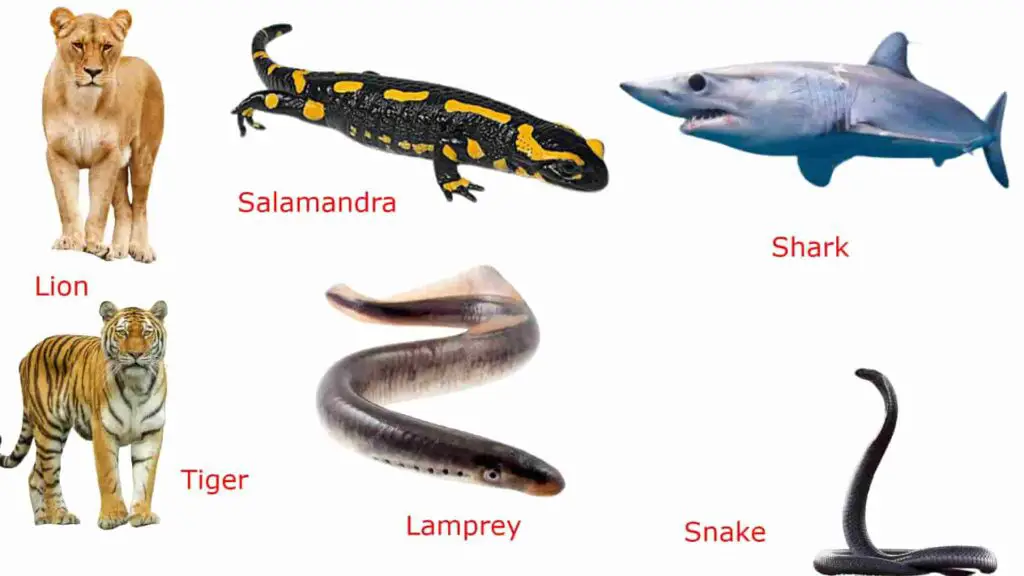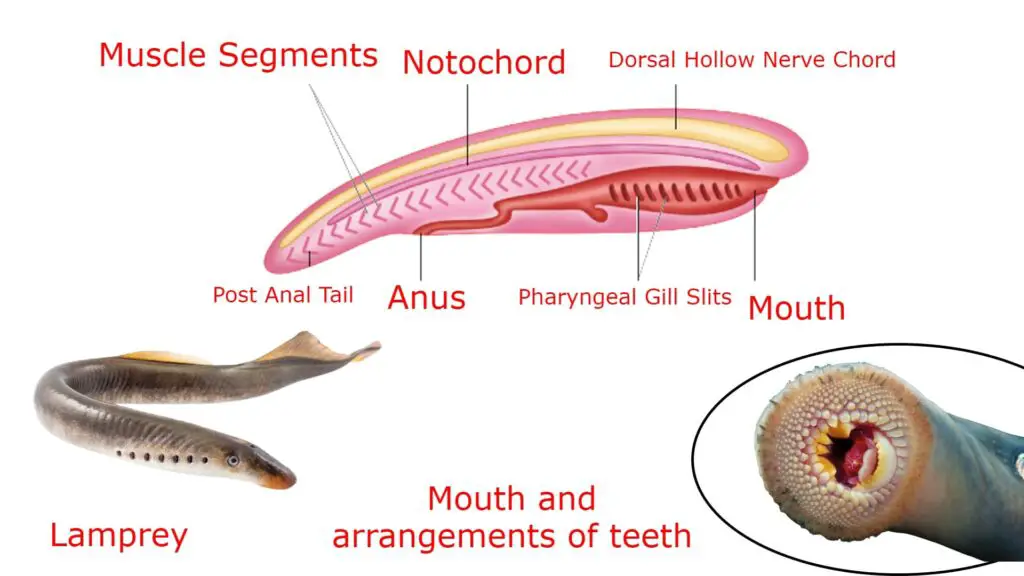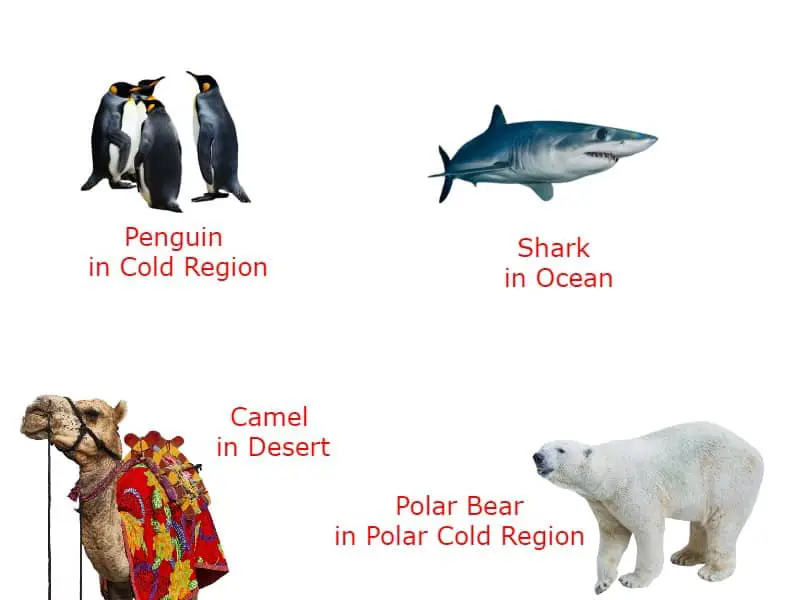Now we are going to discuss what are Agnatha, what are Gnathostomata, the similarities between Agnatha and Gnathostomata, differences between Agnatha and Gnathostomata but before we start we will discuss their position in the animal kingdom.
We divide phylum Chordata into different groups on the basis of various similarities and dissimilarity, presence of cranium or brain box, vertebral column divides the phylum Chordata into two groups, Craniata and Acrania.
Craniata or cranium-bearing animals can be divided on the basis of the presence of the jaw into two parts, Agnatha and Gnathostomata.
Table of Contents
What are Agnatha:
The word Agnatha means, the mouth opening is not guarded by the jaw, so we can say that Agnatha is that vertebrate that has no jaw.
The members of Agnatha, vertebrate animals without jaw are known as Agnathans or gnathostomes, primitive fish-like animals, Ostracoderms, Cyclostomates are members of Agnatha.
Most of the Agnathans do not exist at present days, Hagfish and Lampreys are living examples of Agnathans.

Agnathans have advanced features like fishes but they are not similar to modern fishes, Agnathans lack paired appendages, in modern fishes paired appendages fin is present.
Agnathans also have some special unique features, for example, Agnathans Hagfish have cartilaginous skulls which are not common in other animals.
What are Gnathostomata:
The word Gnathostomata means the mouth opening is guarded by the jaw and they have paired appendages.
In the skull of Gnathostomata jaw is present and they are considered as primitive vertebrates and with time they evolve into other higher groups of Vertebrata.
Gnathostomata is considered advanced over Agnatha because the presence of paired appendages gives Gnathostomata more swiftness and increases the rate of survival over Agnatha.
Gnathostomata is advanced fishes and have pectoral and pelvic fin which enables them faster locomotion. Osteichthyes or bony fishes and Chondrichthyes or cartilaginous fishes are present-day members of Gnathostomata but the primitive members of Gnathostomata are extinct.

Similarities Between Agnatha and Gnathostomata:
Both Agnatha and Gnathostomata are Vertebrata, have skull or cranium, vertebral column, and Agnatha and Gnathostomata both are primitive members of Vertebrata.
Agnathans like Hagfish have cartilaginous skulls and some Gnathostomata also have a cartilaginous skull.
Agnatha and Gnathostomata have only present-day members but no members of Agnatha and Gnathostomata are exist in the present day, they are extinct.
Both Agnatha and Gnathostomata are fish-like animals in external appearance, both have streamlined bodies to overcome the resistance of water because both of them live in the aquatic environment.
Difference Between Agnatha and Gnathostomata:
| Agnatha | Gnathostomata |
| The main distinguishing feature of Agnatha is their skull does not have a true jaw. | In Gnathostomata, their skull develops jaw which encircles their mouth opening which helps them to catch their prey easily. |
| Agnathans do not have paired appendages but some Agnathans like Hagfish show a special type of twisting movement which most of the time help them from the grip of predators. | Gnathostomata has paired appendages that enable them to swim at a faster rate, pectoral and pelvic fin are appendages in modern fishes. |
| Agnathans have notochord throughout their life. | Gnathostomata may process a notochord or the notochord is replaced by the vertebral column. |
| In the auditory organ of Agnatha number of semicircular canals is two. | Gnathostomata have three semicircular canals which make them advanced over Agnatha. |
| Primitive members of Agnatha are extinct, present-day members are Myxini and Petromyzontidae. | Primitive members of Gnathostomata are also extinct, present-day members of Gnathostomata are Osteichthyes and Chondrichthyes. |
Agnatha vs Gnathostomata: Summary:

Both Agnatha and Gnathostomata are vertebrates and both have many similarities with fish. Agnathans are jawless fish-like organisms without paired appendages but Gnathostomata has jaw guarded mouth opening and has paired appendages.
Detailed Study on
Difference Between Chordata and Nonchordate
Phylum Chordata General Characteristics Features
Why Chordate are Advanced than Nonchordate
Chordate and Higher Non-chordates Similarity
Phylum Chordata 3 Fundamental Character
Phylum Chordata and Its Diversity
Chordata Definition with Examples
Classification of Phylum Chordata
Difference Between Acrania and Craniata
Resource: Agnatha and Gnathostomata: 10 Very Important Differences
Hi Everyone!!! Welcome to Imaluop. Imaluop always try to learn some new and he want to share to other people. Here we will try to learn various topics on Science, specially on Biological Sciences.

Hey! I’m at work surfing around your blog from my new iphone!
Just wanted to say I love reading through your blog and look forward to all your posts!
Keep up the great work!
I appreciate you for reading my writing will hope that it make a positive impact.